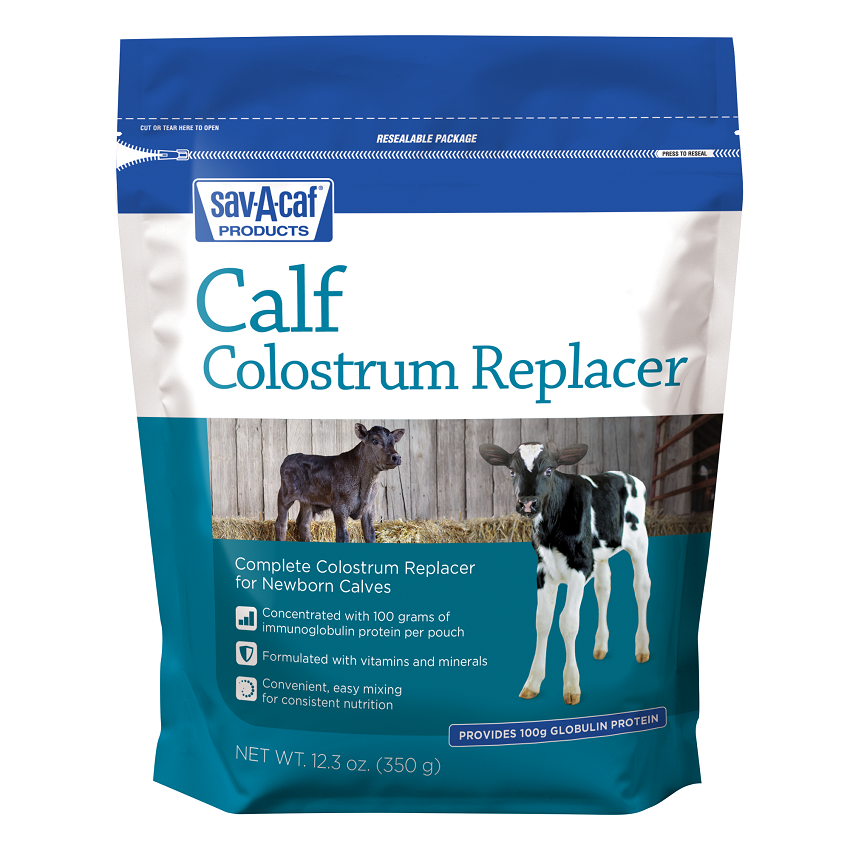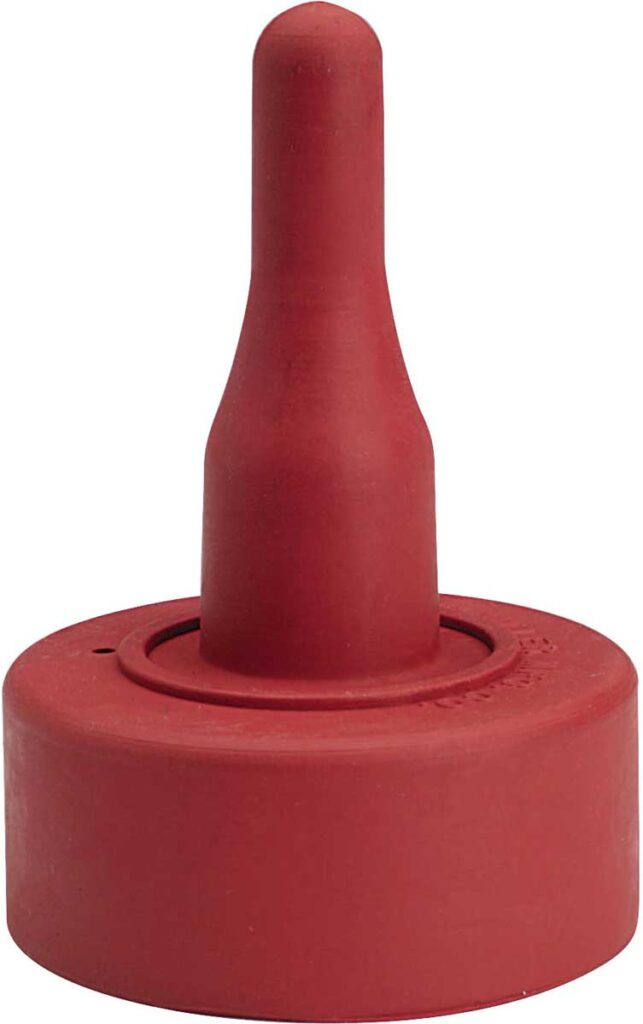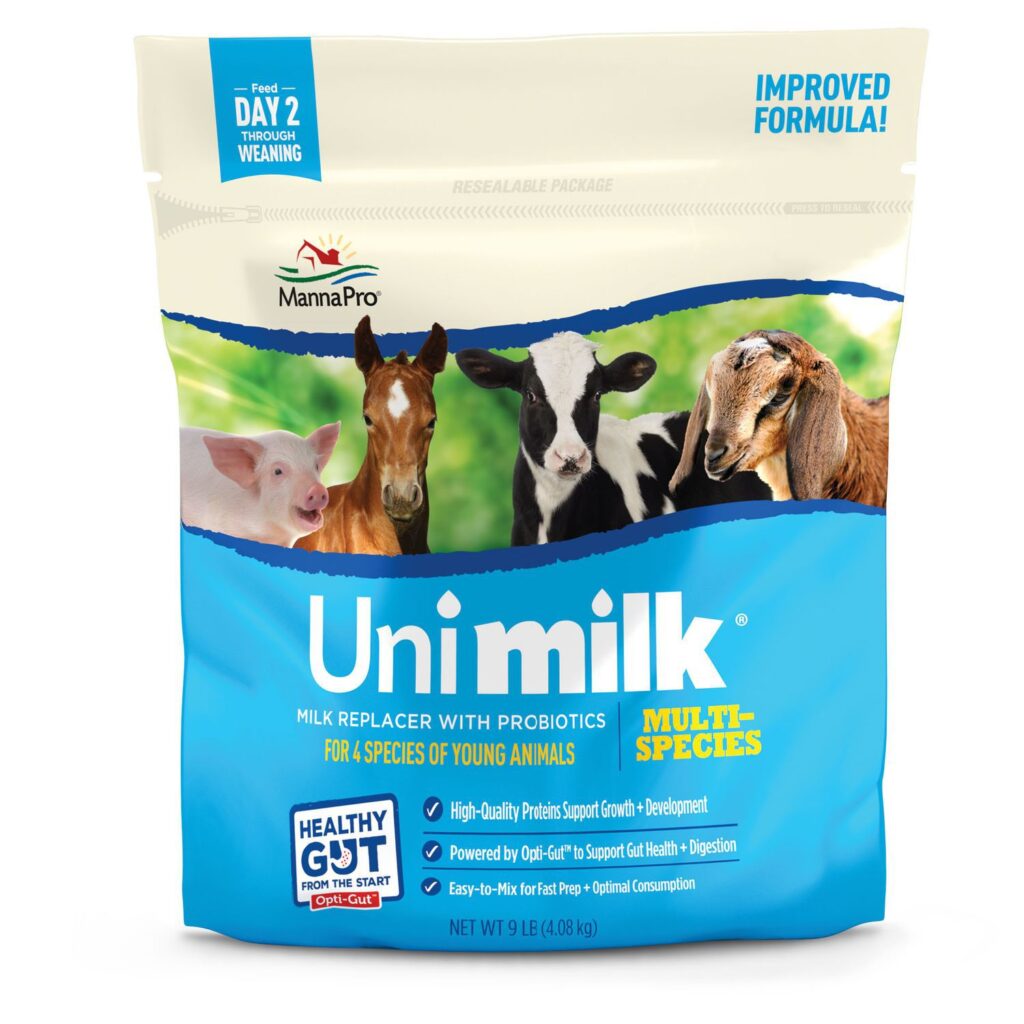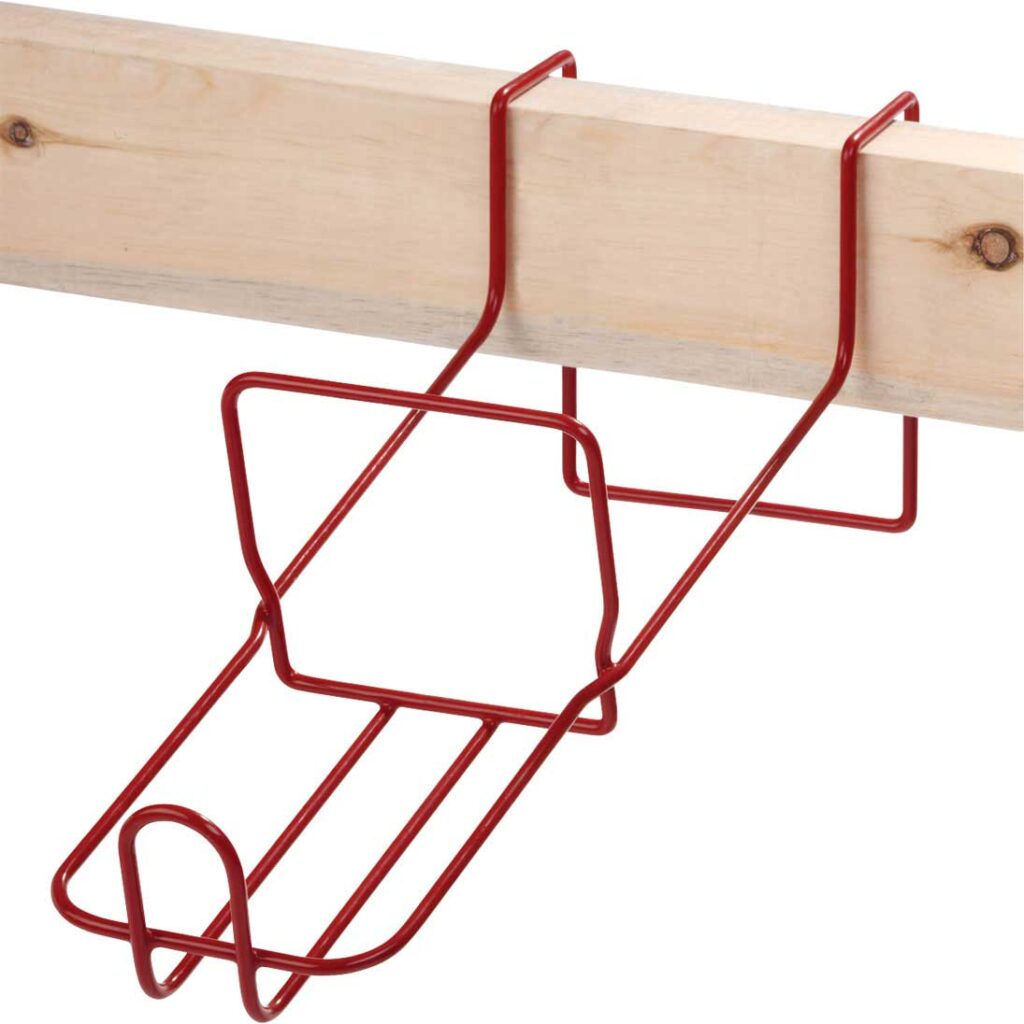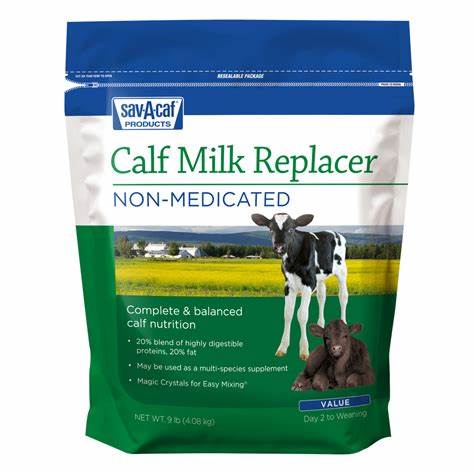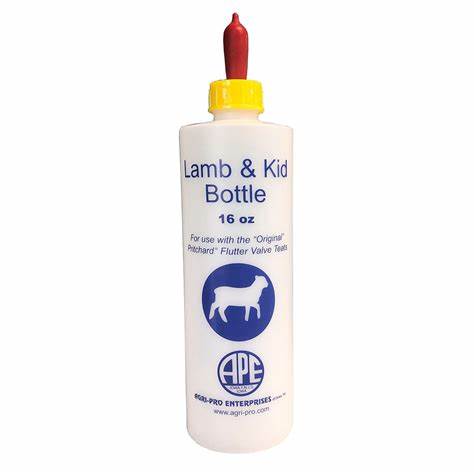
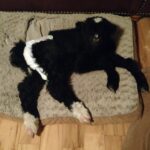
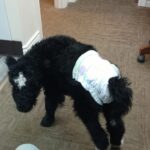
What is a bottle calf and what causes them to become one?
Bottle calves happen when they are no longer or never were able to nurse on their own dam.
- Dam rejection is the main reason for having to raise bottle calves, this can happen for several reasons.
- Mineral/vitamin deficiency
- congenital or genetic defects (ie Cleft Palate)
- Poor maternal instinct
- Death of dam
- “Pulling calves.” This practice is taking the calf from the mother to hand raise. Many have thought it was necessary in order to make a friendlier animal, especially for halter training and packing.
Yak calves are very hardy and quick to their feet. The dam should be cleaning off (licking) their calves immediately after birth. This process not only dries the calf but stimulates it’s system to get up and moving. Usually with in the first 15-30 minutes the calves are up and their first instinct is to nurse. They will be quite wobbly at first and it may take them some time to get under their mother and latched on a teat. They should be nursing with in the first 2 hours.
What to have on hand before calving season:
- Towels- if a calf is rejected they need to get dry and warm first before they will try to nurse.
- Bottle and nipples, goat or sheep nipples work best because of size.
- Powdered Colostrum. This is the most important supplement to get a calf going. Without colostrum in the first 24 hours, calves rarely survive. Yak calves do not drink large quantities at first, and may only drink 6oz to 1 pint at a time.
- Calf milk replacer. Follow the instructions on the bag for mixing. Use a milk protein, non soy-based, replacer. High milk fat is best for yak calves. Bovine, goat, or multispecies replacers work well. Avoid lamb replacers as they do not have the copper content that yaks need.
- Jump start paste or vitamin injectable for calves that are not thriving
- calf splints or materials to make them (plastic tubing and vet wrap) in case of contracted tendons.

